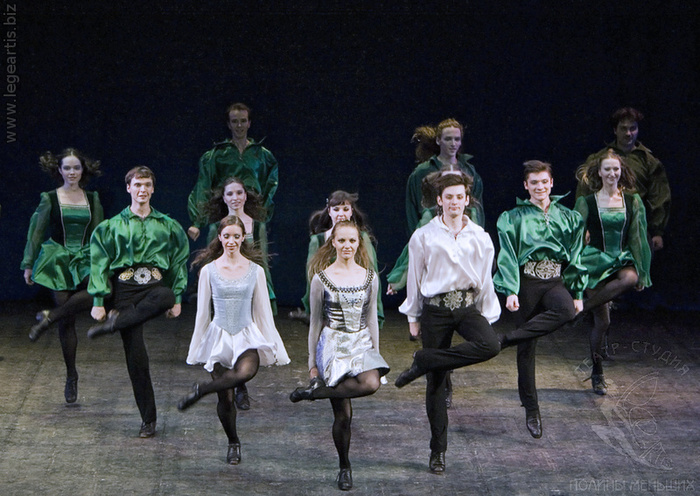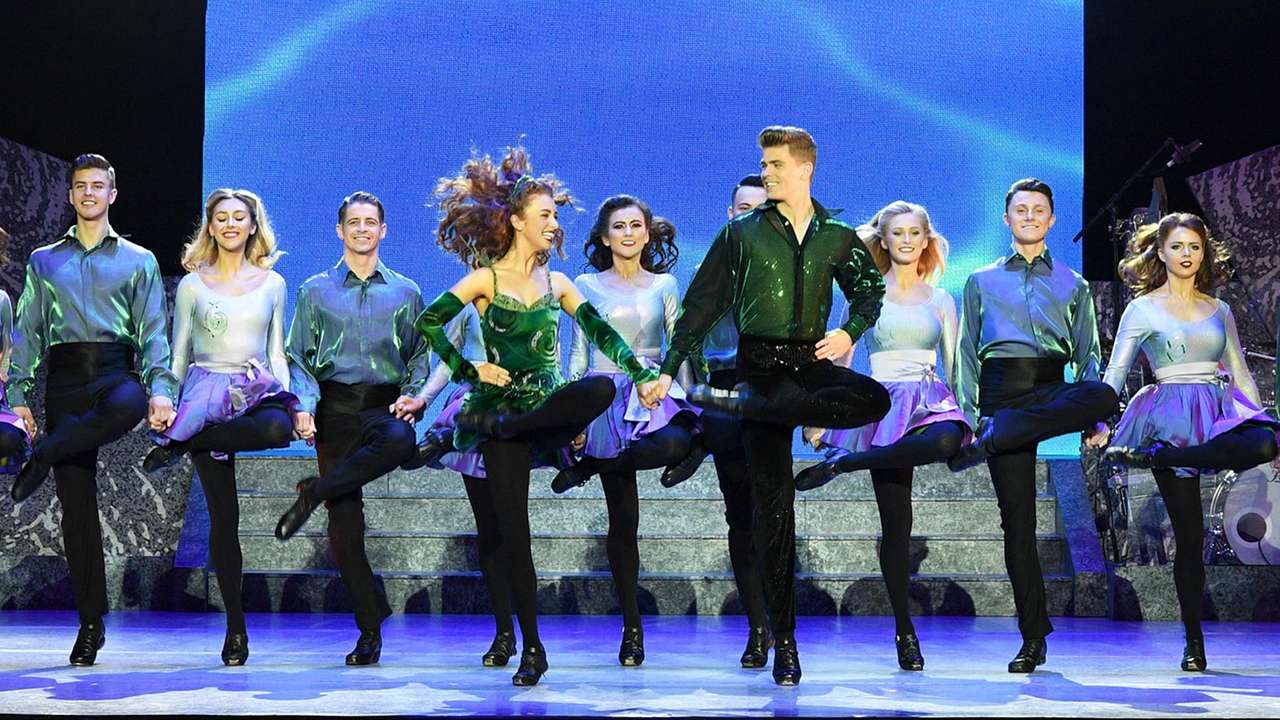Introduction
Ireland is a country with an ancient and prosperous culture, outstanding music, and customs. Visitors from all over the world come to Ireland to get acquainted with the historical sights of this country, be inspired by its picturesque landscapes, and enjoy delightful Irish holidays. Today, there are over 80 million ethnic Irish people around the world, and for all of them, Ireland remains home and distant beloved homeland. Ireland cordially and warmly welcomes foreigners, regardless of their nationality and religion. The Irish are brave and very patriotic people who fought for independence for a long time (Buck-Pavlick, 2021). The state to this day sacredly honors its traditions and heritage.
The Wide Irish Culture
Folk music and dance are a real highlight of Irish culture. Irish people are very fond of enjoyment and recesses; bright and amusing fairs have been a favorite pastime for several centuries. Locals can try the unique cuisine, buy souvenirs, drink beer, and meet new friends. The special part is the enjoyment of the performances of traditional music and traditional dance groups. The first documented information about Irish dances dates back to the peasant festivities of the 11th century (Buck-Pavlick, 2021). Some characteristic elements began to form during the time of the Druids, who practiced circular movements in religious rituals. When the Celts reached the island, they brought their national dances, mixed with kaleidoscopic round dances (Buck-Pavlick, 2021). The adoption and spread of Christianity had a huge impact on the customs and culture of Ireland, but the people retained the pagan spirit of their musical and dance compositions for a long time (Buck-Pavlick, 2021). For the Irish, dance is, first of all, a cultural and historical heritage that they cherish and are proud of.
The History of the Irish Dance
At the moment, Irish dances include several choreographic tendencies in dances with different key movements. Solo dances are the most popular direction and the most difficult to perform; they are rather standardized and exceptionally spectacular. As a rule, their stunning programs are used in various shows and programs of any international events related to folklore and ethnic genres. A distinctive feature of the dance is fast moves of the legs with a motionless body and hands tightly pressed to the body. There is a curious legend about the Irish waving their arms so chaotically during the dance that the old church declared it blatantly obscene. Since then, the good Catholics of the Emerald Isle began to move more with their legs. There is also a more truthful and banal explanation: this dance tradition is associated with a lack of space for maneuvers. In the old days, a door taken off its hinges was often used as a stable hard surface for dancing. The scene turned out to be rather small and forced the performer to the maximum compactness (Habecker, 2018). The rhythm and type of music of solo dances always depend on the hardness and softness of the shoes making the knocking sound while dancing.
The Story Behind the Dance
English colonization pursued all manifestations of local traditions, so Irish dances went underground for more than a century. They were secretly trained in remote villages by itinerant masters to keep the national spirit and belief. Different people offered unique techniques, and various dance schools were formed based on each. At the moment, this relic of the brave revolutionary past of Ireland is vividly perceptible through diverse styles of dance. Until the end of the century, dancing was a hobby mainly for emigrants and their descendants. The turning point was the international Eurovision Song Contest. In 1994, the incendiary show “Riverdance” with the participation of Irish dance champions highly impressed the audience (Habecker, 2018). The next day, the world began to wonder where to learn such explicit expressive moves.
The Variance of Music
Ireland has made a great contribution to the development of literature and traditional folk music along with Irish dance. The combination of all cultural components vividly reflects the rich culture of the country. Traditional music still holds a strong priority in Ireland, despite influences from various foreign bands. There is a huge number of local musical groups that play folk tunes specifically for traditional dances. Classical Irish tune acquired a rebirth only a few years ago, mainly impacted by the division of the island into northern and southern parts. Irish folk music is very diverse, from lullabies to drinking songs, from slow instrumental melodies to fast fiery dances. Traditional Irish dance music frequently includes drums, jigs, and hornpipes (Habecker, 2018). From the early 19th century, the polka gained more popularity in Ireland by dance teachers and soldiers returning from Europe.
Conclusion
The history of the Irish national dance reflects the events that took place with Ireland itself, from the 20th century BC to the 20th century AD: the migration of peoples and the invasion of conquerors, the change of religions. Every culture and national heritage the Irish have come into contact with has contributed to their dance tradition. Initially, the dance (Irish Dance Group – Irish Step Dancing (Riverdance)) had a ritual meaning: praising the sacred trees and the sun. Now it is a living reminder of centuries of Irish heritage.


Works Cited
Buck-Pavlick, Helen. “Examining “The Book”: How Perception, Power, and Practice Altered Memory of Irish Ceili Dances.” Journal of Music and Dance, 2021. Web.
Habecker, Alexendra. “Music and Ireland’s National Identity: Connecting
Folk Music and Cultural Theory through Emotional Sociology.” Portland State University, 2018. Web.
“Irish Dance Group – Irish Step Dancing (Riverdance)”. YouTube, uploaded by fritz51286, 2009, Web.